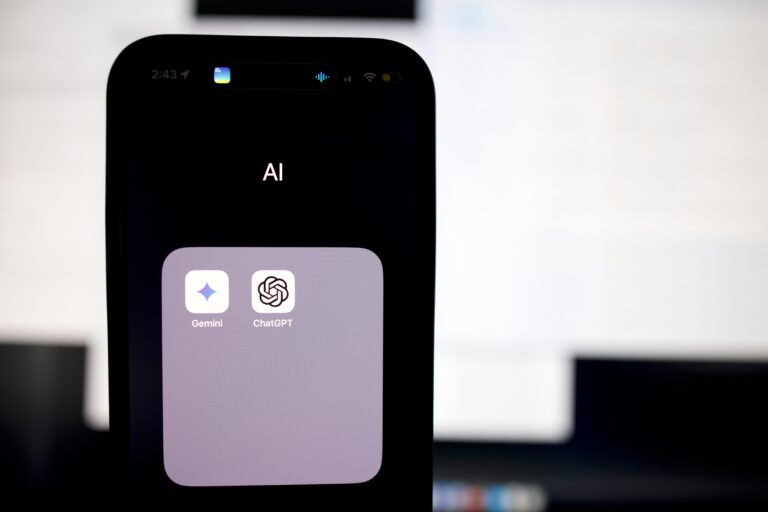Learning as a form of awareness
For an example, take Keith Holyoak. For more than twenty-five years, Holyoak had the exact same office in UCLA’s Franz Hall. Holyoak’s office was tucked in a corner of the sixth floor of the Tower Building, not far from the elevator. He went in and out of the office dozens of times each day.
But when someone asked Holyoak some years ago where the fire extinguisher was, he had no idea. This is surprising because, well, the device hung on the wall outside of his office, directly under his name plate, less than a foot from the door.
Even though Holyoak had walked past the extinguisher millions of times, even though his eyes literally gazed over the extinguisher every day, even though he puts his hands next to the extinguisher every time he locks and unlocks his office door, he had no idea where the extinguisher was.
“We’re quite good at being blissfully ignorant,” Holyoak told me.
Holyoak turned his experience into an experiment, and together with some colleagues, he surveyed the psychology department. The results were the same. People had no idea the where the extinguishers were, and more than three-quarters of people indicated no knowledge of the location of the devices, even though the extinguishers were almost all located just a few steps away from where they worked each day.
“Has it always been there?” a number of people asked.
This sort of “blissful ignorance” is supported by many other studies. In another recent study, a group of psychology professors asked some subject to run slowly behind someone and along the way, the subjects passed a brawl that the professors had set up, with two men pummeling another amid groans and screams. And yet only around 50 percent of the subjects noticed the brawl.
The professors called the paper: “You do not talk about Fight Club if you do not notice Fight Club.”
Or take similar but far less rigorous experiment: In my home as a child, my father once drew a mustache on a picture of the Virgin Mary in the upstairs hallway. He wanted to see how long it look for anyone to notice. Today, my father says, it took weeks for anyone to mention it, and when my mother did finally notice, the response was much different than the individuals in the psychology department or the students running around campus: Instead my brother and I were accused of vandalizing.
“Of course, I thought you did it,” my mother told me.
For Holyoak, the bigger take-away is that there’s a big difference between “seeing” and “noticing,” and when it comes to learning, we often see things, but we don’t really notice them. We will skim something but not really understand it. We will watch someone doing a skill or explaining a bit of knowledge, but we don’t really learn it because our mind has wandered off to the next thought, the next thing, fire extinguisher or not.
More broadly, then, we need to realize that the goal of learning–in school, at home, in the office–is noticing. When we gain expertise, we can observe things in new ways. This is true for just about any topic, from leadership training to chemistry class. Learning gives us the power of perception.
What’s more, we need to do more to notice in our learning. We need to be active in what we’re trying to see. Even take this blog item as a very small example. My hope is that you’re going to be far more likely to look for the fire extinguisher in your office. In short, you’ve learned a small type of noticing.
–Ulrich Boser



